Emerging Markets and Economic Growth
The Inorganic Scintillators Market is poised for growth due to emerging markets and overall economic development. Countries with expanding healthcare infrastructure and increasing investments in nuclear technology are likely to drive demand for scintillation materials. As economies develop, there is a growing emphasis on improving healthcare services and radiation safety, which in turn fuels the need for advanced detection systems. The market is expected to benefit from this trend, with an anticipated growth rate of around 5.5% as new applications and technologies are adopted in these regions.
Rising Demand for Radiation Detection
The Inorganic Scintillators Market is witnessing a notable increase in demand for radiation detection across various sectors, including environmental monitoring and nuclear power generation. As concerns regarding radiation safety and environmental protection intensify, the need for reliable detection systems becomes paramount. Inorganic scintillators are favored for their high sensitivity and efficiency in detecting gamma rays and other forms of radiation. This trend is likely to propel the market forward, with projections indicating a growth rate of approximately 4.8% in the coming years, as industries seek to comply with stringent safety regulations and enhance their monitoring capabilities.
Regulatory Frameworks and Safety Standards
The Inorganic Scintillators Market is significantly shaped by evolving regulatory frameworks and safety standards. Governments and international organizations are increasingly implementing stringent regulations regarding radiation safety and environmental protection. These regulations necessitate the use of high-quality scintillation materials that meet specific performance criteria. As a result, manufacturers are compelled to innovate and enhance their product offerings to comply with these standards. This regulatory environment is likely to drive market growth, with estimates suggesting a compound annual growth rate of approximately 5.0% as companies adapt to the changing landscape of safety and compliance.
Increasing Applications in Nuclear Medicine
The Inorganic Scintillators Market is significantly influenced by the increasing applications of scintillators in nuclear medicine. The demand for accurate imaging and diagnostics in medical procedures is on the rise, leading to a greater reliance on scintillation detectors. These detectors are essential for positron emission tomography (PET) and single-photon emission computed tomography (SPECT), which are critical in cancer detection and treatment planning. The market for scintillators in medical imaging is expected to grow at a rate of around 6.5% annually, reflecting the expanding role of these materials in enhancing patient care and diagnostic accuracy.
Technological Advancements in Detection Systems
The Inorganic Scintillators Market is experiencing a surge in technological advancements, particularly in detection systems. Innovations in photodetectors and signal processing techniques enhance the efficiency and accuracy of scintillation detectors. For instance, the integration of advanced materials and nanotechnology is likely to improve light yield and energy resolution. This evolution in technology not only boosts the performance of existing scintillators but also paves the way for new applications in fields such as nuclear medicine and radiation monitoring. As a result, the market is projected to witness a compound annual growth rate of approximately 5.2% over the next few years, driven by these advancements.


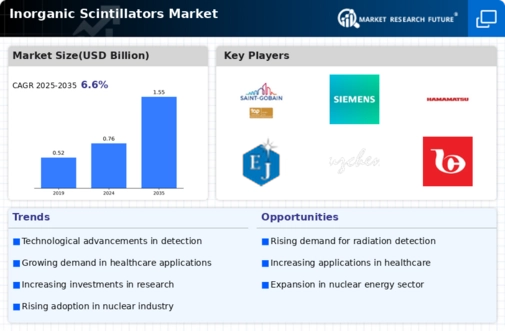
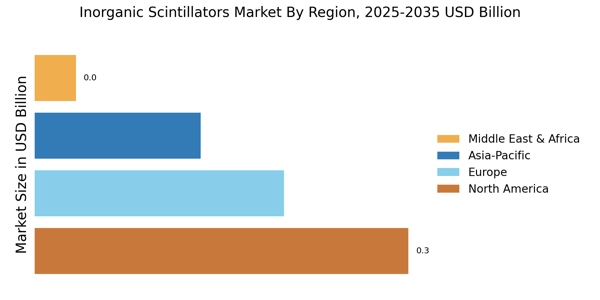
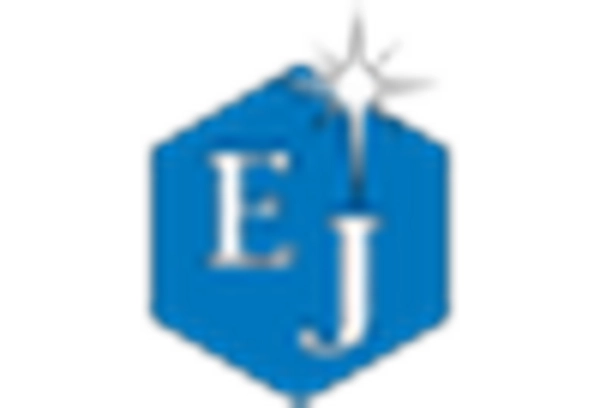
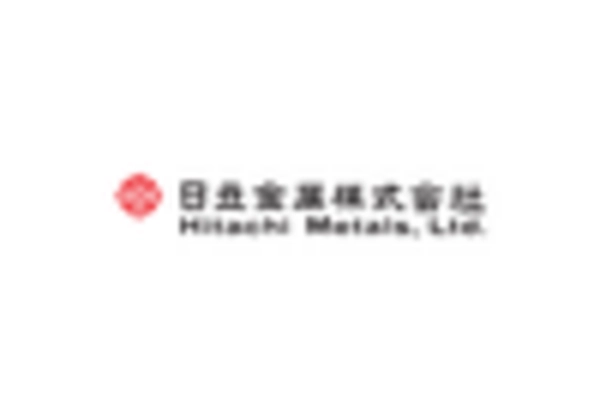
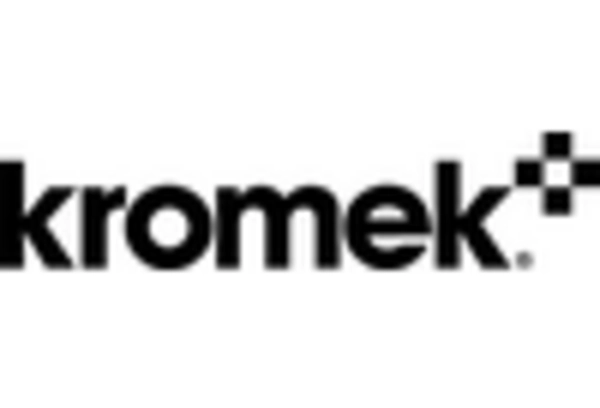
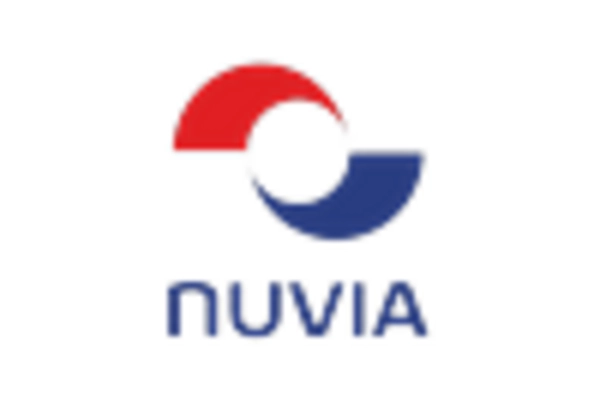

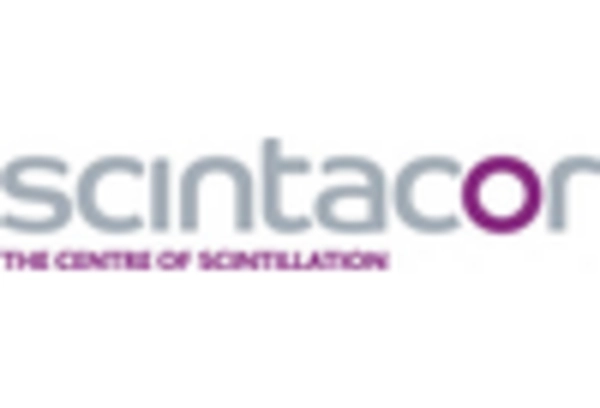








Leave a Comment